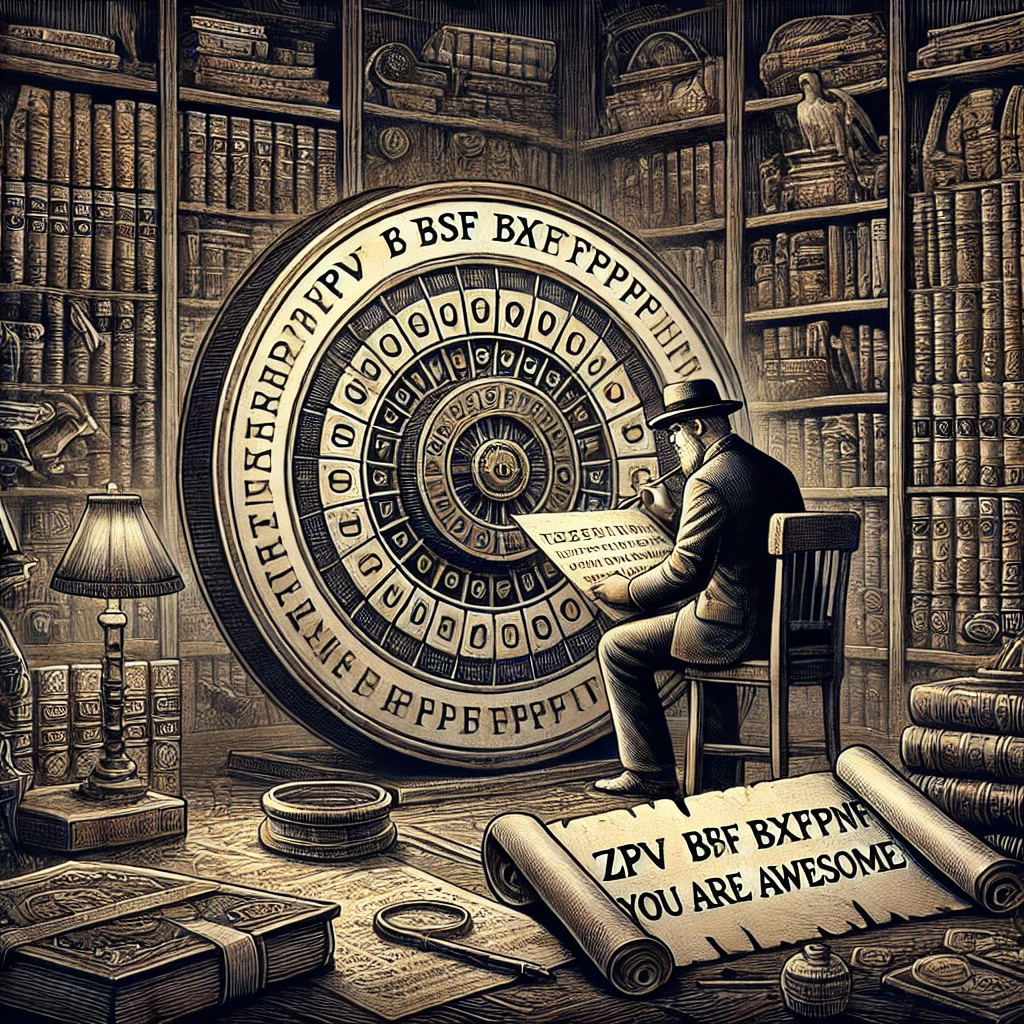Write the following decimal as a percent. 0.084:Unveiling the Percentage
Introduction to Write the following decimal as a percent. 0.084
Delving into the world of mathematics can be both intriguing and essential, especially when it involves the practical skill of converting decimals to percentages. In this exploration, we will focus specifically on the decimal Write the following decimal as a percent. 0.084 and its transformation into a percentage. This process not only sharpens basic arithmetic skills but also aids in interpreting data in everyday scenarios.
The Basics of Write the following decimal as a percent. 0.084
The journey from a decimal to a percent is rooted in understanding the relationship between the two. This section aims to demystify the conversion process using 0.084 as our subject.
Essential Concepts in Write the following decimal as a percent. 0.084
Before proceeding with the conversion, it’s crucial to grasp a few fundamental principles that govern the relationship between decimals and percentages. This knowledge serves as the foundation for the conversion process.
Methodology: Converting 0.084 into a Percent
Converting decimals into percentages is a straightforward process that involves multiplication. Here, we will outline the specific steps needed to transform 0.084 into a more understandable percentage format.
Calculation of Write the following decimal as a percent. 0.084
The conversion of the decimal 0.084 to a percentage represents a fundamental mathematical operation. This transformation is not just a mere academic exercise; it plays a crucial role in data analysis, financial calculations, and everyday decision-making. Let’s explore the detailed steps, theoretical underpinnings, and best practices for this conversion.
Detailed Steps: The Path from 0.084 to a Percentage
Converting a decimal like 0.084 into a percentage involves a clear and straightforward method. Here’s how you can achieve it:
- Identify the Decimal: Start with the number you wish to convert, which in this case is 0.084.
- Multiply by 100: To convert a decimal into a percentage, multiply it by 100. That adjustments the decimal stage two areas to the right.
- Apply the Percent Sign: After multiplication, append the percent sign (%) to the result to signify the percentage.
So, for 0.084, the calculation would be:
0.084×100=8.4%0.084 \times 100 = 8.4\%0.084×100=8.4%
This result tells us that 0.084 as a percentage is 8.4%.
Understanding Write the following decimal as a percent. 0.084: A Brief Overview
A short introduction to the concept of percentages will enrich the reader’s understanding of their significance and ubiquity in various aspects of life.
The Procedure: Detailed Conversion Steps for 0.084
Let’s revisit the conversion procedure with a focus on precision:
- Begin with 0.084: Recognize that this number is less than one, indicating it’s less than 100%.
- Multiply by 100 for Conversion: 0.084 * 100 = 8.4. This operation converts the decimal to a percentage by moving the decimal point.
- Clarify the Outcome: Understanding that 8.4 means 8.4 out of 100 parts.
This detailed procedure helps ensure the accuracy and understanding needed for correctly applying decimal to percentage transformations in practical scenarios.
Pro Tips for Decimal Conversion
Here are some expert tips to enhance your accuracy and efficiency in converting decimals to percentages:
Practice Regularly: The more you practice converting, the quicker and more accurate you will become.
Use a Calculator: For complex decimals, using a calculator can help avoid manual errors.
Double-Check Your Work: Always recheck your calculations to ensure the decimal point has moved correctly.
Understand Context: Sometimes, rounding the percentage to a whole number is more appropriate depending on the context or requirement of the task.
Real-World Relevance
Exploring how the conversion of decimals to percentages can be applied in real-life situations adds practical value to this mathematical exercise.
Theoretical Foundations: Why Decimal to Percent Conversion Works
Understanding why this conversion process works is grounded in the relationship between decimals and percentages. Both are ways to express fractions. A decimal like 0.084 represents 84/1000, while a percentage directly represents parts per hundred. Multiplying by 100 adjusts the scale from per thousand or another base to per hundred, which is the definition of a percentage. This shift makes comparisons and calculations easier in contexts where percentages are more intuitive or standard, such as in finance or statistical analysis.
Pro Tips for Decimal Conversion
A compilation of tips and tricks aimed at refining the conversion process will be shared to help enhance accuracy and efficiency.
Wrapping Up: Reflecting on Decimal to Percent Conversion
In conclusion, this article reiterates the importance and utility of converting decimals like 0.084 into percentages, emphasizing the skill’s relevance in both academic and everyday contexts.
Transforming Decimal 0.084 into Percent
Transforming the decimal 0.084 into a percentage involves a simple yet important mathematical operation: multiplication by 100. This converts the decimal into a percentage by shifting the decimal point two places to the right. Let’s break it down:
- Start with the decimal: 0.084
- Multiply by 100: 0.084 × 100 = 8.4
Thus, the decimal 0.084 is equivalent to 8.4%.
Insights and Applications
Understanding how to convert decimals to percentages is more than a mathematical exercise; it’s a vital skill in interpreting data and results in fields ranging from education to economics. Whether you’re calculating interest rates, discounts, or statistical data representations, the ability to quickly and accurately transform decimals into percentages can provide clearer insights and facilitate better decision-making.
Conclusion
Mastering the conversion of decimals like 0.084 to percentages is more than just a mathematical skill—it is a tool that enhances one’s ability to process and analyze information accurately and efficiently. Whether in academia, professional environments, or daily life, the ability to perform such conversions is invaluable. The simple steps outlined above, combined with a deep understanding of the theoretical basis and practical tips, provide a robust framework for anyone looking to strengthen their numerical skills.
FAQS
1.What is the percentage equivalent of the decimal 0.084?
The decimal 0.084 is equivalent to 8.4%.
2.How do you convert a decimal to a percentage?
Multiply the decimal by 100 and include the percent indication (%).
3.Why is it important to convert decimals to percentages?
Converting decimals to percentages simplifies comparison and interpretation in various contexts.
4.Can converting decimals to percentages help in daily life?
Yes, it aids in understanding financial data, statistics, and discounts more effectively.
5.What is a common mistake to avoid when converting decimals to percentages?
Ensure not to overlook shifting the decimal point two places to the right.






Post Comment